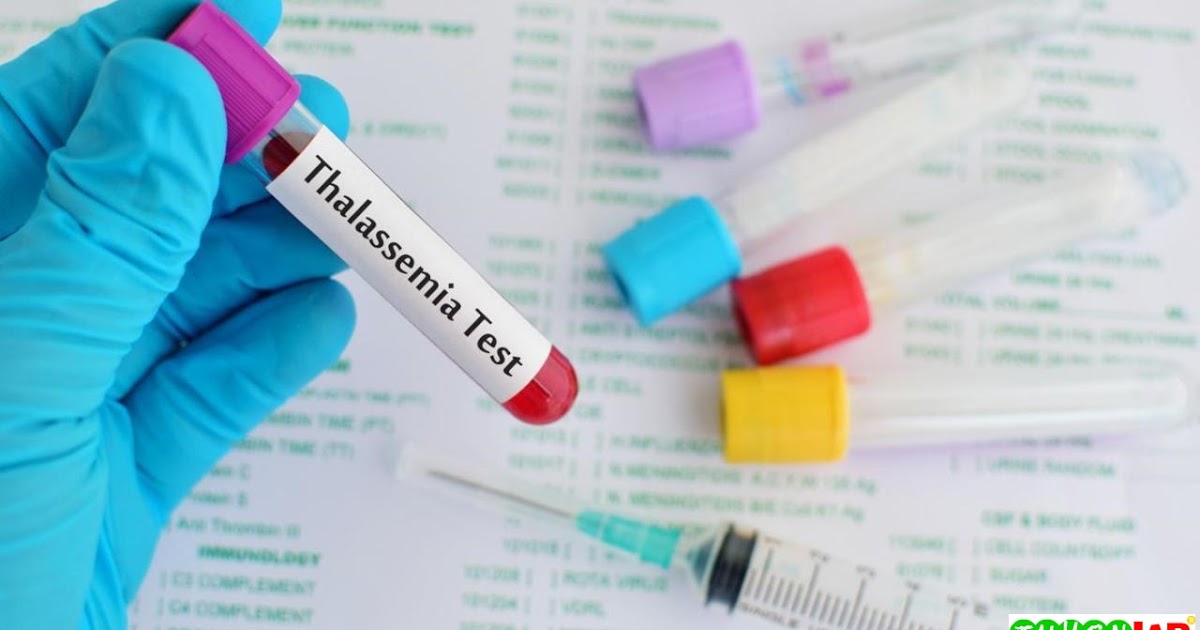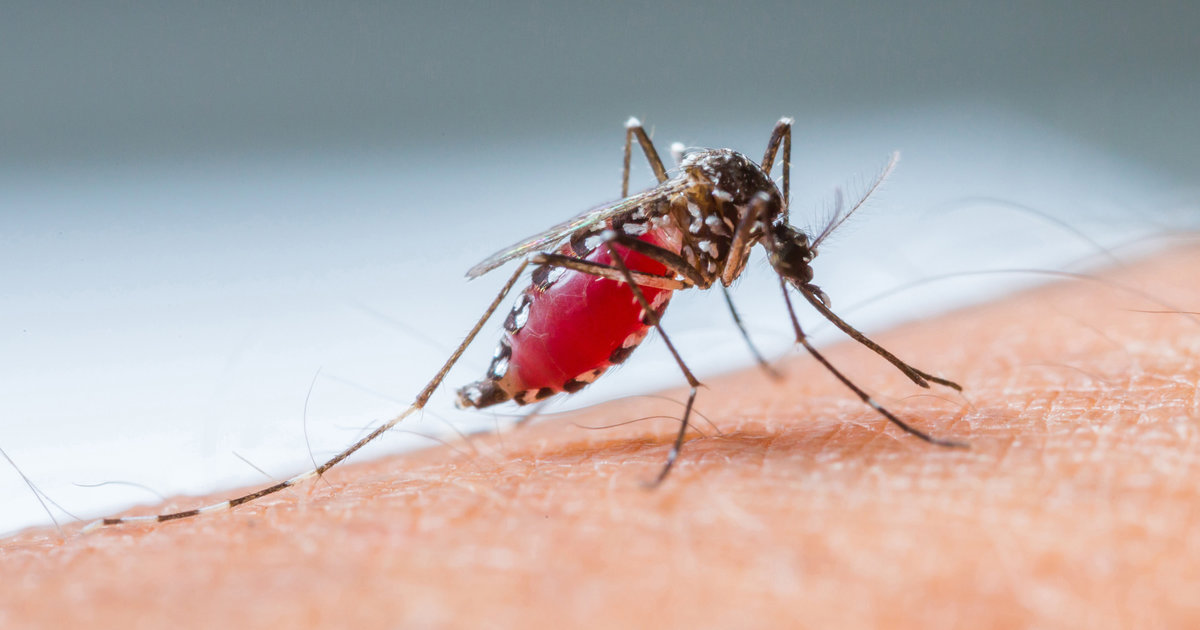Major Types of Blood Disorders
Red Blood Cells: Thalassemia

Thalassemia is an inherited blood disorder where the body does not produce enough functioning hemoglobin. There are two classifications of thalassemia based on the two proteins that make up hemoglobin. Alpha thalassemia happens when a patient has a mutation or absence in the gene or genes responsible for encoding the instructions on how to make a protein called alpha globulin. Beta thalassemia occurs when there is a mutation or absence in the gene that contains the instructions for producing the beta globulin protein.
Symptoms of thalassemia include fatigue, shortness of breath, bone deformities, growth failure, and yellow skin or jaundice. This disorder is diagnosed using a blood test. Anemia is usually present along with red blood cells that are small and shaped abnormally. Thalassemia treatment focuses on maintaining healthy levels of hemoglobin-related components in the patient's blood. This is usually managed by frequent blood transfusions and folate supplements.
Red Blood Cells: Malaria

Mosquitos, which are annoying creatures normally, can also be quite dangerous as they can carry a parasite that has the potential to cause malaria, another blood disorder. In response to the parasite injected into the individual's bloodstream, red blood cells will rupture, which will cause chills, fever, and eventually organ damage. Malaria is best prevented rather than treated, especially in rural areas of the world by adding mosquito nets when sleeping, staying away from still water sources, and applying insect repellent in its various forms. Currently, there are two important antimalarial drugs that can assist malaria patients.
